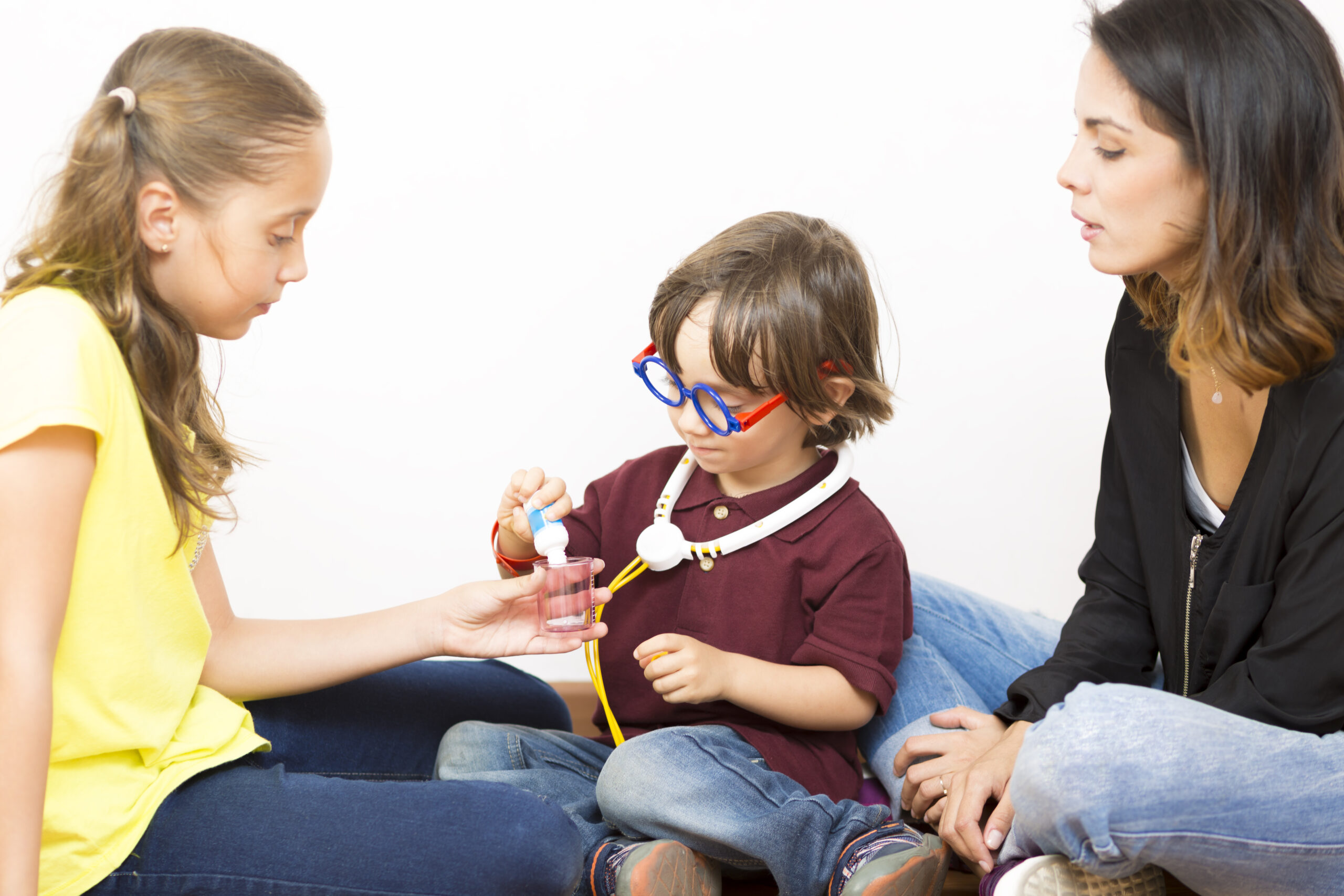
Hidden Epidemic: Statistics of Anxiety in Children and Teens
Hidden Epidemic: Statistics of Anxiety affects a significant number of children and adolescents
Anxiety affects a significant number of children and adolescents. About 31.9% of youths (ages 6 to 17) experience anxiety. This statistic has surged in recent years. It indicates an epidemic that deserves attention.
Recognizing the Early Signs of Anxiety:
Early warning signals are often overlooked by parents and teachers.
Identifying anxiety in children is not always straightforward. The signals can be quite subtle. Parents and educators may notice physical complaints, like frequent headaches or stomachaches. They may also see behavioral changes, like increased withdrawal or irritability.
If these signals go unnoticed, anxiety can intensify and take many forms. This is often the case.
Early intervention is vital. We cannot overstate the need for prompt therapy. The earlier we intervene, the better the child’s mental health. This is especially true for managing anxiety and getting treatment (1). An early intervention will help the child develop healthy coping skills. This will improve their well-being.u.
Hidden Epidemic: Statistics of Anxiety in Children and Teens Common symptoms of anxiety in children: headaches, stomachaches, and sleep troubles.
Feelings of resentment may arise if this affects family routines. It can also change how you, as a parent, respond to everyone in the family.
Anxiety often manifests itself in various forms of physical discomfort. Symptoms can vary significantly. They include, but are not limited to, headaches, muscle tension, and gastrointestinal issues. This variability can be perplexing. Yet, we must recognize that emotional distress may cause these physical symptoms.
People’s experiences can differ. But a common thread links mental and physical health. Anxiety can trigger bodily responses that stay hidden. This complicates the understanding of one’s well-being.
For example, a child might feel a stomachache before school. This often happens due to anxiety about being away from home. Behavioral changes can also be significant. They include withdrawal, irritability, clinginess, and changes in academic performance. Yet, these behavioral shifts are indicative of anxiety. You may notice various signs.
Withdrawal from activities
Irritability builds up.
-Clinging to parents or caregivers
Declining grades and academic performance.
The therapy uses theParent-Child Interaction Therapy (PCIT)“PRIDE Skills” model:
is an evidence-based therapy. It improves the bond between parents and young children. It focuses on children aged 2 to 7 years who display behavioral problems. The therapy teaches parents effective techniques to manage their children’s behavior.
The child might decline to engage in group activities (due to) a fear of judgment from their peers. Psychology, depression. Sad, suffering asian young woman consulting with psychologist, psychiatrist while patient counseling mental with doctor woman taking notes at clinic. Encouraging, therapy.
Cognitive Behavioral Therapy: Techniques and Methods for Controlling Anxiety-Laden Thoughts and Actions.
The Role of Counseling in Treating Anxiety
Cognitive Behavioral Therapy: Techniques and Methods for Controlling Anxiety-Laden Thoughts and Actions.
Therapy can help treat anxiety. Cognitive-behavioral therapy (CBT) is the best approach.
This therapy helps people see and change their negative thoughts. Child psychologist Dr. John Smith says, “CBT helps kids handle their anxious thoughts.”
Family Therapy: Exploring Family Dynamics and Support Systems.
Session Structure:
Family therapy holds equal significance. In this context, paired work for the child’s benefit often improves home communication.
Other Therapeutic Approaches: Utilizing Various Therapeutic Modalities for Children and Teens. Also, art therapy and mindfulness practices suit anxious children. Such methods may engage younger people in therapy to a greater extent.
Practical Steps for Parents and Caregivers is a Parents can create a safe, comfy space. In it, children will feel free to share their emotions without fear of judgment.
Open Communication and Active Listening: Strategies for Engaging with Anxious Children
Effective communication lies at the core of successful child-rearing. Parents should also listen to each other, but. Active listening entails a genuine interest in what children communicate. Encouraging expression is vital: allow children to articulate their fears and worries.
Seeking Professional Guidance: Steps for Accessing Mental Health Services for a Child
When anxiety disrupts daily life, seek help from mental health professionals. Steps may include (but are not limited to):
Look for qualified counselors or therapists.
Call and set up consultations.
Involve the child in the decision-making.
The Path to Recovery: Hope and Healing Through Counseling has many long-term benefits. They can greatly improve emotional well-being. mponents and follows a structured format.
The journey of therapy assists children in managing their emotions.
Therapy helps children manage their emotions and cope better.
Building resilience is crucial. A key part of this is developing strategies to manage future stress.
Counseling helps kids learn effective ways to handle stress. But they are better equipped to confront challenges that arise with renewed confidence.
The Power of Early Intervention emphasizes the positive outcomes of seeking help.
Many children and teenagers face anxiety today. Early signs and quick professional help can assist parents. They can steer their children to a healthier emotional environment.
Such measures can bring hope and healing. They can make people more resilient. Yet, the journey is not always straightforward. Your child deserves a chance at life. So, never hesitate to seek support. It can make all the difference.
Each step requires effort and commitment, but the outcome is worth it.
Do you think you and your child could benefit from Parent-Child Interaction Therapy?
Contact our office to schedule your initial session or set up a 15-minute consultation. We are here and ready to be the resource needed to strengthen the bond with your child.
Pathways Counseling Services is the top-rated therapy and counseling service in Scottsdale, Arizona, year after year. We can help you and your family find the support for positive mental health for everyone Find a happier and healthier life through effective mental health care.
Remember, there is help and support available to you. We are here for you. You can reach us by phone at 480-235-1682 or send us a message.




